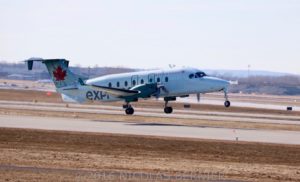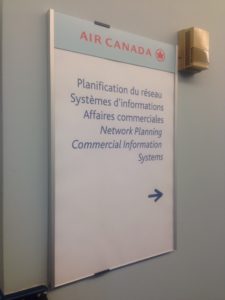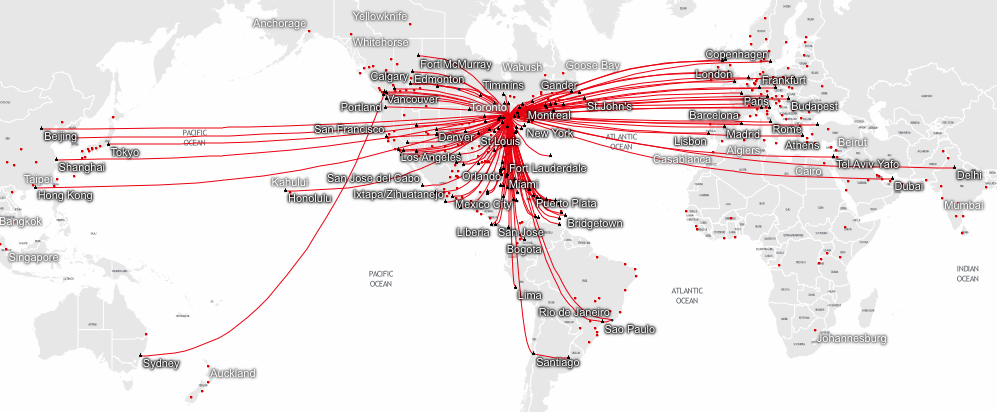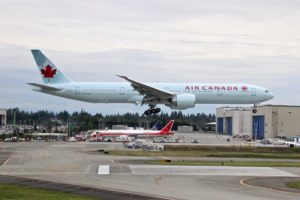Hello everyone!
I hope you guys are enjoying your summer. It has now been three weeks since I have been working Air Canada in Network Planning as a summer intern. I will take this time to explain a bit more on what I do at work. I am part of the team that plans the flight schedule about a year before departure. We are currently planning the schedule for 2017. Below is an overview of how the schedule is handled from the time it is built to the time the flights occur for real.
- Network Planning (9 months and more)
- Intermediate Scheduling (9 months to 3 months)
- Current Scheduling (3 months to 48 hours)
- System Operations Control (48 hours to time of departure)
Network Planning makes the schedule about a year before the flight. The schedule will then be handed off to Intermediate Scheduling where they will make the flight schedule more operational. They take more components into account such as airport slots, gate availability, and much more. The schedule is then given to current scheduling around 3 months before the flight will takeoff. SOC or System Operations Control manages the schedule in real time. For example, if your flight is delayed because of a maintenance issue that cannot be fixed in a reasonable amount of time, they will be the one who will try to find an aircraft in the fleet as a replacement so the passengers can get to their final destination.
I work in Network Planning and my main job is to build the schedule for North America. We have three groups in Network Planning: North America, International, and Profitability. We closely work with other groups like Intermediate Scheduling, Aircraft Programs, and Revenue Management. When we schedule a flight, our team needs to take into consideration aircraft maintenance, aircraft turnaround time, flight connectivity at major hubs, ideal departure times, flight crew duty time, aircraft types, passenger load factor, yields, etc. These will be described in my next blog!
We fly to 205 destinations including 64 in Canada, 55 in the United States, and 86 in Europe, Africa, the Middle-East, Asia, Australia, the Caribbean, Mexico, Central America, and South America. Air Canada and its regional partners fly an average of 1,500 daily flights and operate a fleet of more than 380 mainline and regional aircraft.

Our smallest aircraft, the Beechcraft 1900D (BEH) seats a maximum of 18 guests. (Photo Credits: Author)
There is a lot of complexity in trying to build the best schedule we can for 1,500 daily departures. Flights do not have the same pattern for a whole year. We operate flights that are daily and some that we only fly a few times a week. Some flights operate year-round while others are only winter or summer seasonal.
We also look at past performance of the schedule to see if we should increase frequencies on certain routes or even pull back completely. We identify new markets where we could potentially grow in the future. Some of the new routes we are currently looking at are… You will have to wait until we announce new destinations!
I am proud and honored to be part of a family of 28,000 men and women who work together to bring our guests safely and on-time to their final destination.
Until next time!
Nicolas
Contact the author at berniern@my.erau.edu





